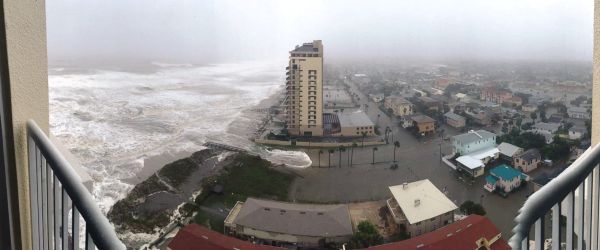Trending
Matthew battered Florida but stayed offshore

Hurricane Matthew battered beachfront areas in north Florida before heading up the coast to Georgia and the Carolinas. But the hurricane remained offshore as it moved north along Florida’s Atlantic coast, causing less property damage than landfall would have inflicted.
Some streets were flooded in the historic downtown area of St. Augustine. Storm surge also tore off pieces of State Road A1A in Flagler Beach. Powerful winds left broken roofs and other structural damage to buildings in Daytona Beach.
Storm damage on Florida’s Space Coast was an inconvenience for many residents, but not a catastrophe. Evacuated residents of Cocoa Beach, Merritt Island and Cape Canaveral who returned to their homes Friday found little damage to their neighborhoods.
In northeast Florida, the hurricane may have done more damage. A storm surge of 4.73 feet in the St. Johns River at the U.S. Navy’s Mayport station in Jacksonville was the highest recorded in more than 100 years.
More than a million Florida utility customers were without electrical power late Friday, including more than 170,000 in South Florida.
Matthew’s track moved eastward Thursday as the hurricane approached Andros Island in the Bahamas, which minimized its impact on South Florida.
The earthen dike around Lake Okeechobee “weathered the storm well,” Colonel Jason Kirk, Jacksonville district commander, told the Miami Herald.
The Army Corps of Engineers restarted discharges of water from the lake, after suspending them during the hurricane, because the lake’s level is expected to increase. [Miami Herald] – Mike Seemuth




